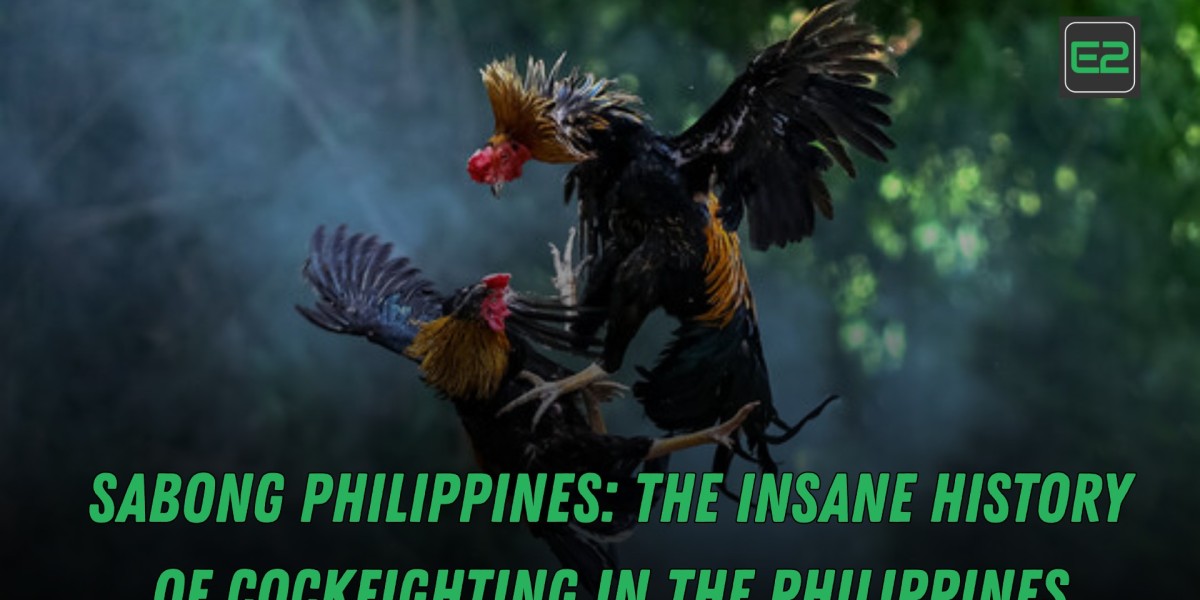SABONG PHILIPPINES: Cockfighting, known locally as sabong, is deeply embedded in Filipino culture, tracing its roots back thousands of years. This tradition has evolved over time, reflecting the nation’s history, societal values, and economic landscape.
Ancient Origins and Cultural Significance (SABONG PHILIPPINES)
The practice of cockfighting predates Spanish colonization, with evidence suggesting its existence in the Philippines long before 1521. Antonio Pigafetta, chronicler of Ferdinand Magellan’s expedition, documented witnessing cockfights in the islands during their voyage.
In pre-colonial times, cockfighting was more than entertainment; it was a ritualistic event symbolizing bravery and masculinity. Roosters were seen as embodiments of courage, and their battles were metaphors for human conflicts.
Colonial Influence and Regulation (SABONG PHILIPPINES)
During the Spanish colonial period, cockfighting was institutionalized. The colonial government recognized its popularity and began regulating it, issuing licenses and designating specific days for matches. This not only controlled the activity but also generated revenue.
The American colonial administration initially attempted to suppress cockfighting but eventually allowed it under regulated conditions, acknowledging its deep cultural roots.

READ HERE ABOUT: COCKFIGHTS: PAGCOR-Sanctioned Insane Cockfighting Tournaments and Venues in the Philippines
Legal Framework and Modern Regulations (SABONG PHILIPPINES)
In 1974, Presidential Decree № 449, known as the “Cockfighting Law of 1974,” was enacted, providing a legal framework for the operation of cockpits and the conduct of matches. The law aimed to preserve the cultural significance of sabong while ensuring ethical practices.
Under this decree, cockfighting is permitted on Sundays, legal holidays, and during local fiestas, provided it occurs in licensed cockpits. Unlicensed matches, known as tupada, are considered illegal.
Economic Impact (SABONG PHILIPPINES)
Sabong has grown into a significant economic activity in the Philippines. The industry encompasses breeding, training, equipment manufacturing, and betting, contributing billions of pesos annually to the economy. According to the Games and Amusements Board, the industry holds substantial economic value, with daily earnings potentially reaching up to ₱1.5 billion.
Major events like the World Slasher Cup attract participants and spectators worldwide, further boosting local economies through tourism and related industries.
Digital Evolution: E-Sabong (SABONG PHILIPPINES)
With technological advancements, sabong has entered the digital realm through e-sabong, allowing enthusiasts to watch and bet on matches online. This shift has expanded the sport’s reach but also raised concerns about gambling addiction and regulatory challenges.
In May 2022, the Philippine government suspended e-sabong operations due to social costs and issues related to the disappearance of several sabungeros.

Cultural Reflections and Ethical Considerations (SABONG PHILIPPINES)
Sabong reflects various aspects of Filipino culture, including community bonding, competitiveness, and traditional values. However, it also raises ethical questions regarding animal welfare and the morality of blood sports.
While some view it as a cultural heritage worth preserving, others advocate for its abolition due to concerns over animal cruelty and its association with illegal gambling activities.

Trivia and Lesser-Known Facts
- Terminology: In matches, the favored rooster is called meron, while the underdog is wala.
- Betting System: Bets are often placed through hand signals managed by kristos, who memorize and coordinate wagers among spectators.
- Cultural References: National hero José Rizal depicted cockfighting in his novel “Noli Me Tangere,” highlighting its prevalence in Filipino society.
- Global Influence: Filipino migrants have introduced sabong to other countries, notably influencing cockfighting practices in Hawaii.
The Future of Sabong Philippines
The future of sabong in the Philippines lies at the intersection of tradition and modernity. Balancing cultural preservation with ethical considerations and regulatory measures will determine its place in contemporary society.
As debates continue, sabong remains a potent symbol of Filipino heritage, reflecting the nation’s complex history and evolving cultural landscape.


